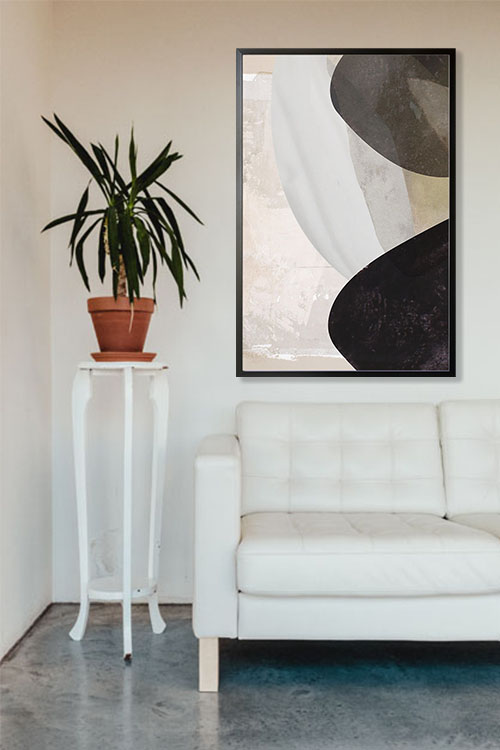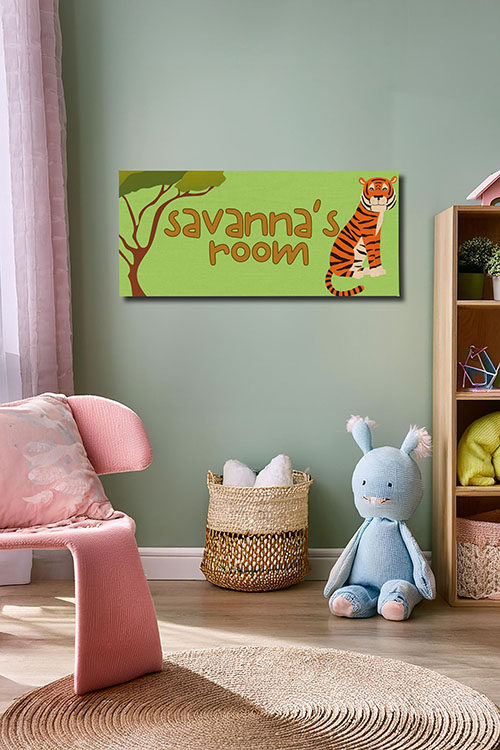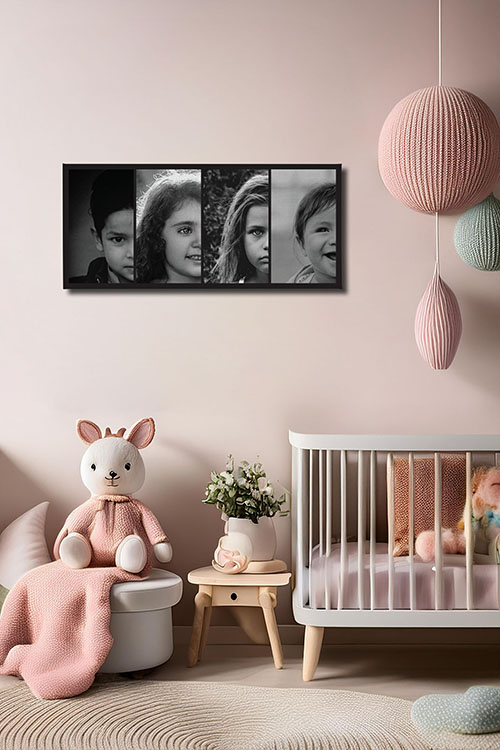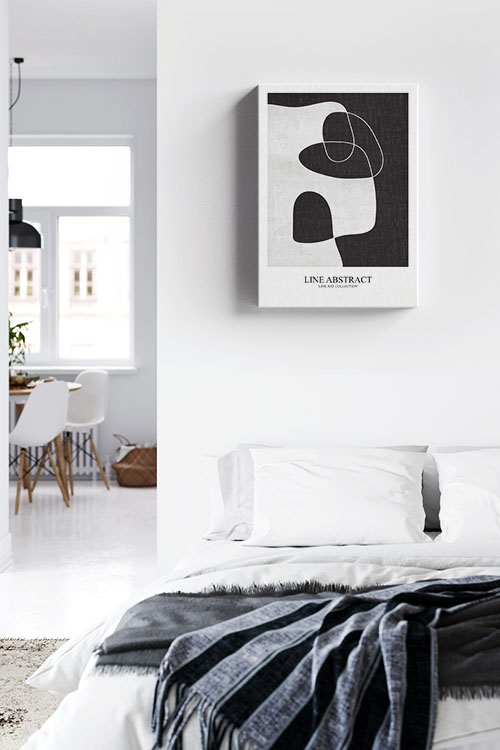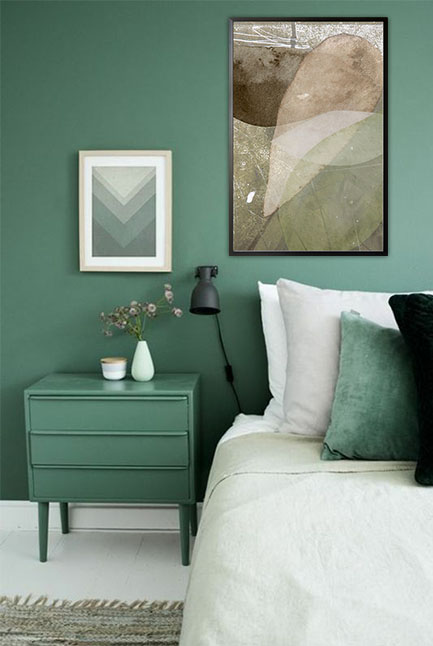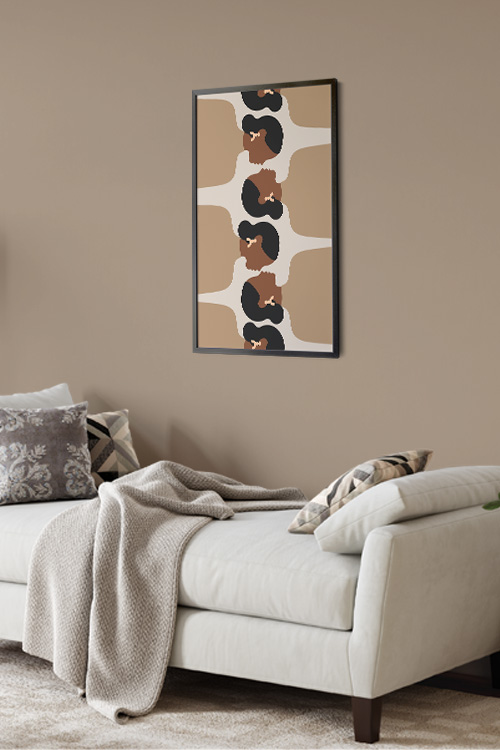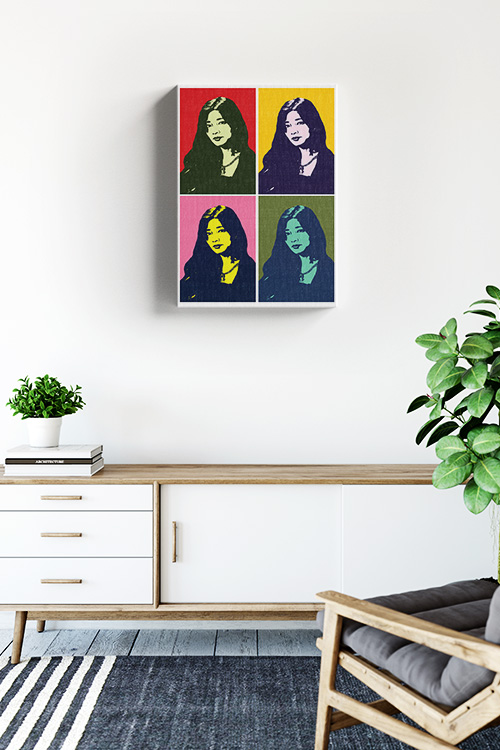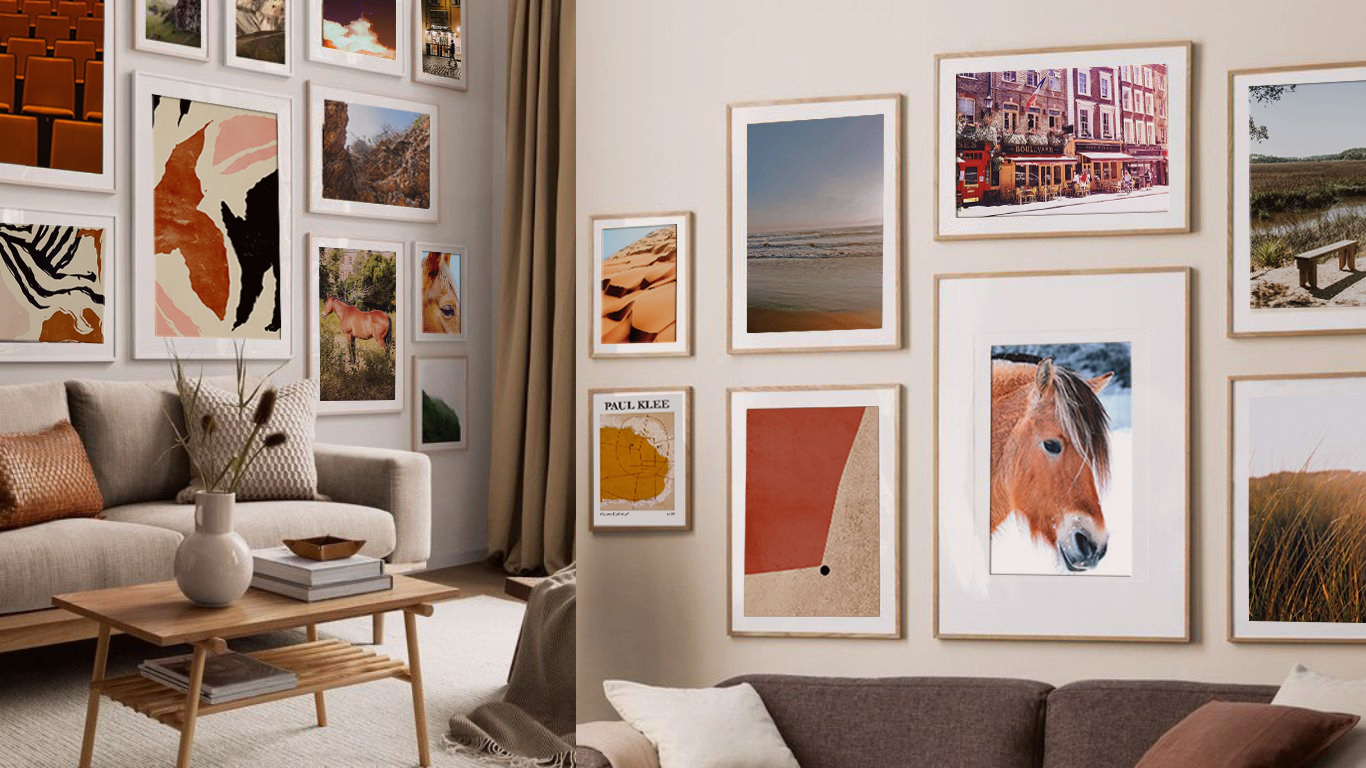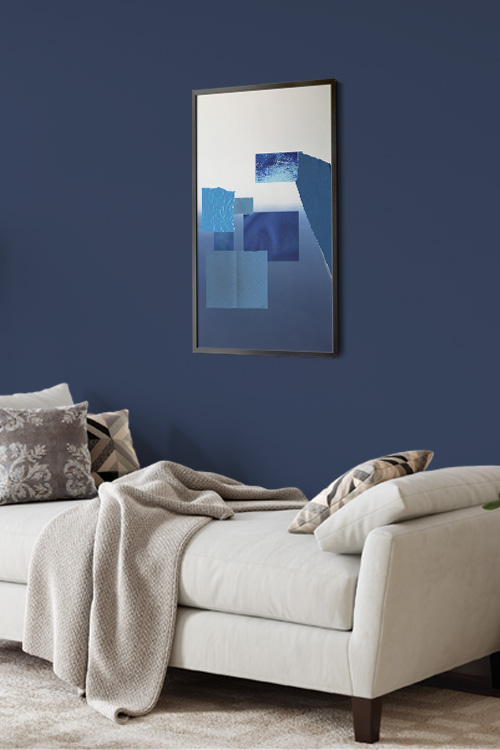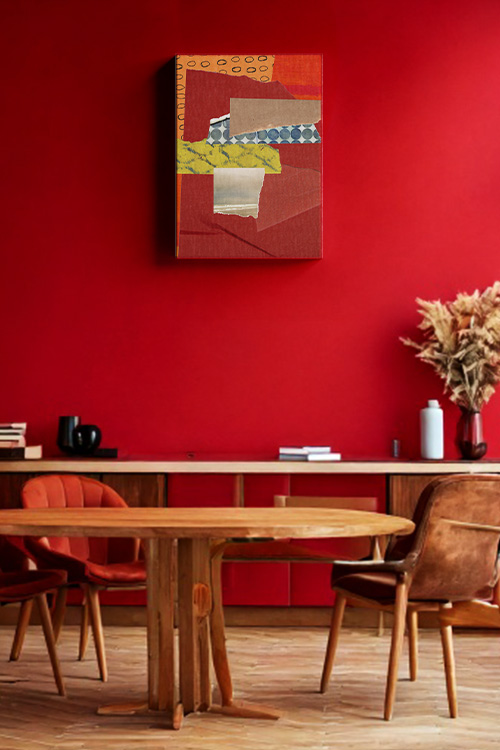
Bold prints are a powerful way to inject personality, vibrancy, and visual interest into your home. They have the potential to completely transform a space, creating a new atmosphere and energy. Whether you’re drawn to geometric shapes, florals, abstract art, or animal prints, using them effectively can breathe new life into your home. The key lies in finding the right balance between making a statement and achieving style harmony. Here are some tips on how to incorporate bold prints into your home decor with confidence and flair.
Start Small with Accents
If you’re new to bold prints, start with smaller decorative elements, such as throw pillows, rugs, curtains, or art prints. A floral or geometric pillow on a neutral sofa can bring life to your living room without overwhelming the space. Likewise, a bold-patterned rug can anchor a room while still allowing you to keep other elements simple and understated. These accents are easy to switch out seasonally or whenever you want a fresh look.
Choose a Focal Point
Bold prints work best when they serve as the focal point of a room. A focal point is a design element that immediately draws your attention when you enter a room. You can choose one significant piece, such as a statement wall with wallpaper, a patterned sofa, or a large canvas print, that stands out. Let this be the centerpiece, and keep the surrounding decor more subdued. This helps prevent the space from feeling chaotic or too visually busy.
Balance with Neutrals
Pairing bold prints with neutral colors is essential to achieving a cohesive design. For example, if you have bright, tropical curtains, opt for furniture in whites, grays, or soft earth tones. Neutrals help ground the room and allow the print to shine without clashing with other elements.
Mix Patterns Carefully
It’s entirely possible to mix different bold prints, but it requires careful coordination. Stick to a standard color palette to tie the patterns together. For example, a striped chair in navy and white can complement a navy floral rug. Vary the scale of the prints–mix large florals with smaller geometrics or dots to avoid visual competition.
Incorporate Art and Wall Decor
Wall art is one of the easiest ways to experiment with bold prints. A gallery wall featuring striking posters or prints can instantly energize a blank wall. Select themes or colors that complement each other, and use matching frames to achieve a clean, curated look. Bold artwork is especially effective in minimalist spaces, as it adds depth and character to the environment.
Be Mindful of Space and Lighting
Bold prints can make small spaces feel even smaller if not used properly. In compact rooms, it’s best to stick to one or two bold elements and let natural light flow freely. In larger spaces, you can be more adventurous with multiple patterns or large-scale prints, as long as there’s enough room to breathe. When choosing bold prints for a small room, consider opting for smaller-scale prints or using them as accents rather than dominant features.
In a Nutshell
Using bold prints in home decor is all about expressing your style while maintaining visual harmony. Whether you take a maximalist or minimalist approach, bold prints can bring energy, texture, and uniqueness to your interiors. With thoughtful placement and a balanced design, bold prints can transform any room into a dynamic and inviting space.
